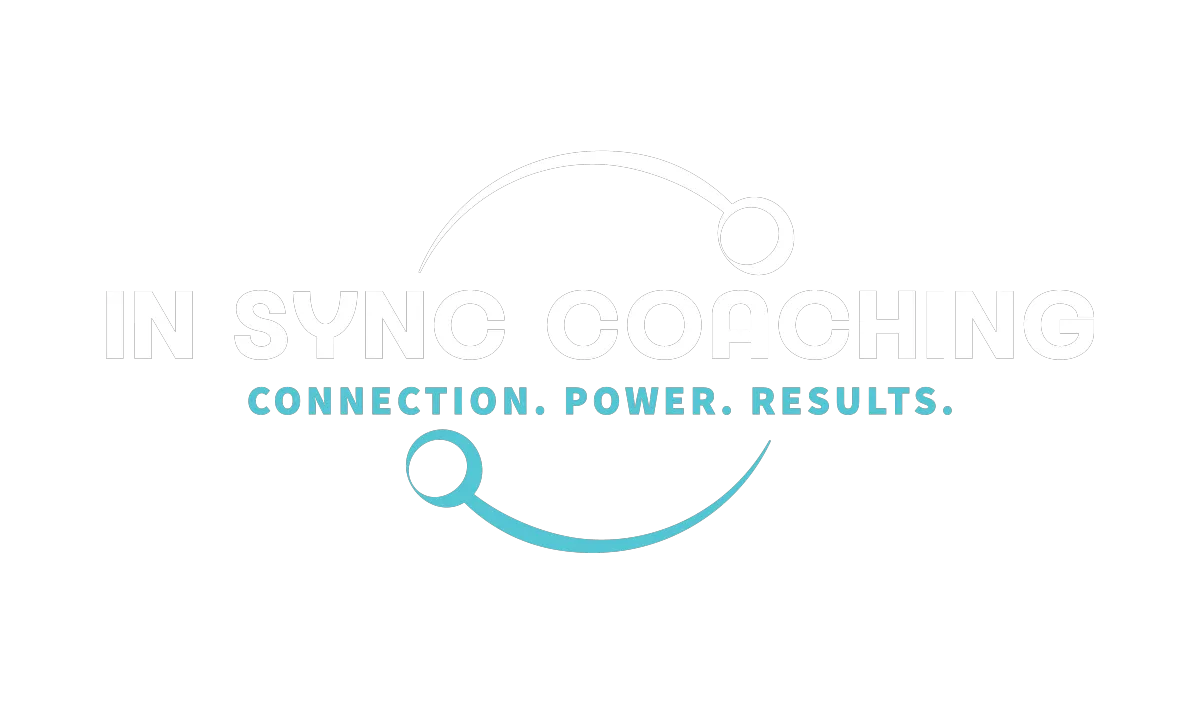
"Fake It 'til You Make It"
“Fake It ‘til You Make It” … possibly the worst advice ever!
John’s scenario… He’s thrilled. His employer finally recognized his potential and rewarded his hard work with a promotion to a managerial position, starting Monday. After a great weekend, John arrived early on Monday, feeling ready and eager to begin his new responsibilities. At first, everything was great. However, as the weeks progressed, he became aware of the steep learning curve ahead. John found himself facing unexpected challenges in the position, and he began to tell himself a new “story” about his capability…and the story was not supportive. He started doubting himself and decided to take the advice of so many -- ”Fake it ‘til you make it.” -- to foster strength and courage, but also to protect his image and reputation.
Self-doubt can manifest in varying degrees, from mild uncertainty that’s easily manageable to debilitating lack of confidence that can hinder your success. Left unchecked, these feelings can transform into what is commonly known as Impostor Syndrome. It’s what John is experiencing, where people doubt their accomplishments and fear being exposed as a fraud.
If you’ve ever felt like this, you’re not alone… it’s a common challenge faced by many professionals transitioning into leadership roles, and even 71% of experienced leaders have felt this way.(1)
Despite feeling hard, these feelings can be a natural part of growth, especially if you’re pushing yourself beyond your comfort zone, where real growth happens.
It can appear when you care deeply about your work and success, or when you’re learning how to manage yourself and your capabilities in new or difficult situations.
Your limiting beliefs may become challenged, and sometimes that mental conflict can create doubt.
Regardless of what is causing the doubt …
“Fake it ‘til you make it” – is possibly the worst advice ever. While well-intentioned, aimed at promoting strength and courage, it can create anxiety and reinforce the belief that “you’re not enough”.
Instead of hiding behind a mask or pretending, consider a more empowering approach: embrace your growth journey, leverage your personal strengths, and cultivate the authentic, high-quality leader you aspire to become.
John’s story is a great example of how self-imposed inadequacy, fueled by the gap between expectations and reality, can transform a ready leader into one struggling with self-doubt. Any imperfect action becomes evidence to support this thought. Of course, in times of change and uncertainty, it’s perfectly understandable to feel a bit uncomfortable or have a moment of doubt. But, when that doubt becomes your story, it can develop into your “truth”.
Consider the significant costs of “faking it”. It can lead to days spent adjusting your mask, making hesitant decisions, playing it safe, and waiting/hoping for external factors to make things work out. You don’t get to experience feeling your best at work, making confident decisions, generating creative solutions, or developing the authentic leader within you.
While it’s possible to get by with “faking it”, why settle for surviving when you can thrive? Imagine a path to success with less stress and strain, where you flourish as an authentic leader. Reframing mindsets to overcome self-doubt plays a significant role.
How did John learn to Reframe his mindsets to Overcome his self-doubt? I help people with this all the time. Here’s one example of a mindset shift that helped…
Impostor Thought: “I’m not good enough to handle these unexpected challenges. Maybe I’m not ready for this job after all.” (What John really wants is to grow new leadership skills, reduce the need for perfection, and experience joy & success.)
New, Supportive Thought: “This project is a great opportunity to grow and shine. I am capable of overcoming the challenge. First, I’ll brainstorm creative ideas to inspire and motivate the team towards achieving this goal.”
By breaking challenges down into manageable pieces and creating a supportive action plan, John was able to ask himself… “What skills are easiest for me? What would change if I applied them to what’s most challenging for me?”
This shift in perspective alleviated John’s self-pressure to find immediate solutions. Instead, it allowed space for creativity, providing John with the opportunity to develop stronger leadership skills. By reframing his thoughts, John was able to approach the situation with renewed confidence and a growth-oriented mindset, and he was able to make an effective plan to handle one challenge at a time.
What doubts hold you back, even if just a little? What would change for you if you tacked them head-on? By acknowledging and working through your doubts, you can transform them into powerful motivators. For many aspiring leaders, these moments of uncertainty become the catalyst that ignites their passion for peak performance. Mindset: It’s fun and satisfying to achieve hard things.
If you’re ready to make the transition from doubt to confidence, I’m here to help you in your unique, transformative journey. I would love to connect to discuss your aspirations and see if coaching is the right fit for your journey…
Contact me at: www.MyInSyncCoaching.com
Brenda
Citation: 1. “71% of U.S. CEOs Experience Impostor Syndrome”, Korn Ferry Report, June 5, 2024
_________________________________________________________________________________
Brenda Gosselin


LinkedIn